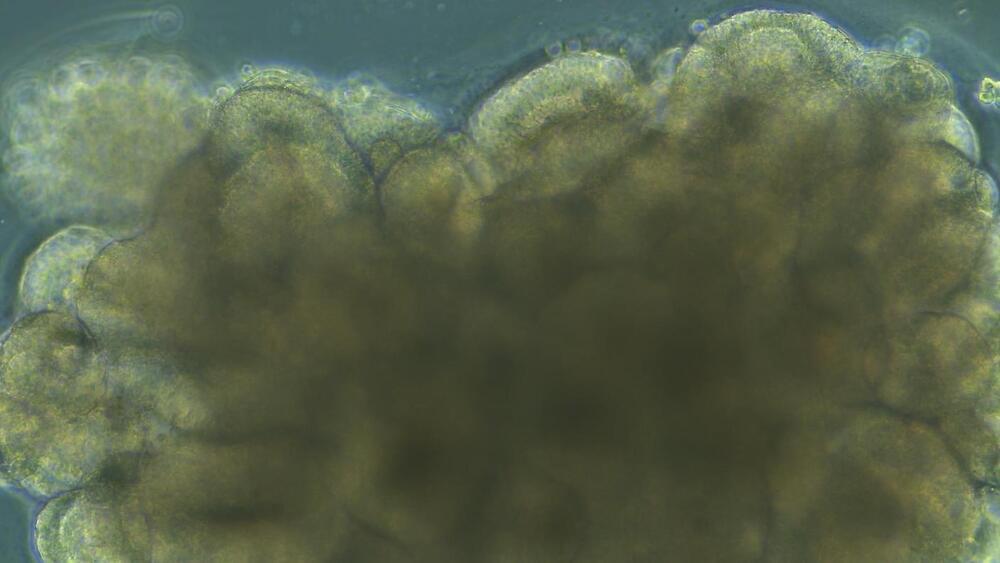The mini-brain functioned like both the central processing unit and memory storage of a supercomputer. It received input in the form of electrical zaps and outputted its calculations through neural activity, which was subsequently decoded by an AI tool.
When trained on soundbites from a pool of people—transformed into electrical zaps—Brainoware eventually learned to pick out the “sounds” of specific people. In another test, the system successfully tackled a complex math problem that’s challenging for AI.
The system’s ability to learn stemmed from changes to neural network connections in the mini-brain—which is similar to how our brains learn every day. Although just a first step, Brainoware paves the way for increasingly sophisticated hybrid biocomputers that could lower energy costs and speed up computation.










Comments are closed.